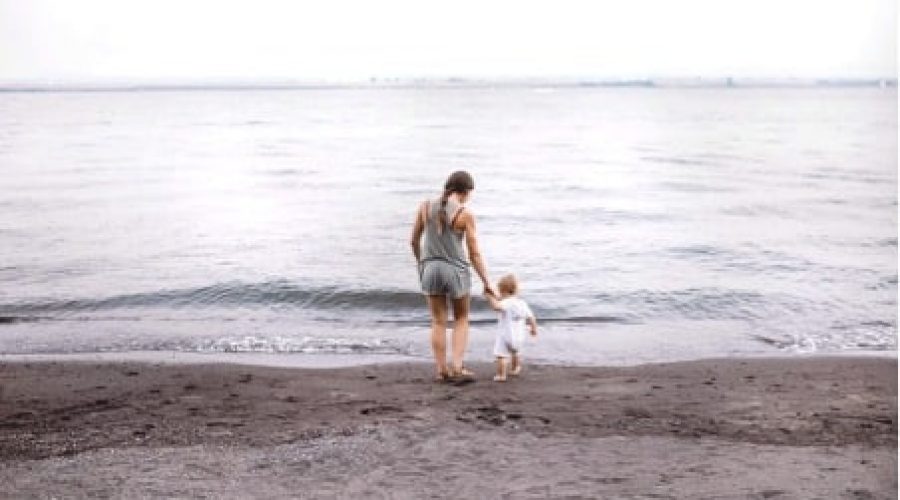Payday lenders are increasingly targeting single mothers who are struggling to make ends meet.
Women tend to earn about 15 per cent less than men, and if they are single mothers raising children on their own, financial troubles are all too common.
A recent research paper from Good Shepherd Microfinance titled Women and Pay Day 2018, has revealed the number of women accessing payday loans has more than doubled in the past 12 years, with 40 per cent of these women being single mothers who are resorting to these loans to pay for essential living items such as clothing, bills, cars and their children’s needs.
In 2005 about 84,000 women had used payday lending, but this had grown to 177,000 in 2015, and rose again to 222,000 in 2017.
Female usage continues to grow faster than men. Transactions initiated by women as the decision maker, whether in a family or other context, comprised about 28 per cent of all payday loans in 2017, when compared with men.
Across the general population, the average size of an individual payday loan fell between 2005 and 2017 from $776 to $613.
Yet if we look at payday loans to women, the average loan made rose significantly from $427 in 2005 to $651 in 2017. In fact, for the first time, the value of an individual loan to women is higher than the average.
Women tend to use payday lending at an earlier age than men. This is because their financial needs are more acute, and they have more limited incomes, and hence options.
There is a significant spike among single parent females aged 20-30, compared with a more equal distribution across the other segments and age bands.
Of those women using payday lending in 2017, 40 per cent came from the one-parent family segment, a much higher level than the 15 per cent distribution of households with a single female parent across the general population.
Conversely, while 61 per cent of the general population falls within the family segment, the percentage of women using payday loans from this segment was only 35 per cent. The number of solo females with pay day loans is rising.
Families with a single female parent are more likely to use payday loans to cover emergency cash for household expenses compared with the general population, or other female segments.
Solo women are more likely to use payday loans for car expenses and other one-off items rather than emergency cash scenarios.
The family segment mirrors the broader population. There has been a rise in borrowing to pay utility bills, especially electricity.
Seeing the negative impact payday loans has on individuals and families, Good Shepherd Microfinance with the support of NAB, has launched Speckle. This unique not-for-profit cash loan offers an alternative for people seeking small cash loans under $2,000.












